Field review: Nikon D600 versus D800
IMAGE COMPARISON.
The D800 may be the measurebators’ champ, but even in the geeky DXO mark sensor evaluation, but the D600 runs it very, very close. Almost matching the D800 in dynamic range (the difference between the D800 and D800E is the same as the difference between the D600 and D800E) and the D600 actually beats the D800 by a similarly irrelevant and tiny margin in high ISO shooting performance. The D600 can also squeeze in 1 more frame per second, however, I don’t believe the D800 is really limited for underwater photography in this regard. (The D600’s 24MP sensor also clearly outperforms the older 24MP sensor in Nikon’s $8000 D3X, which is still on sale.)
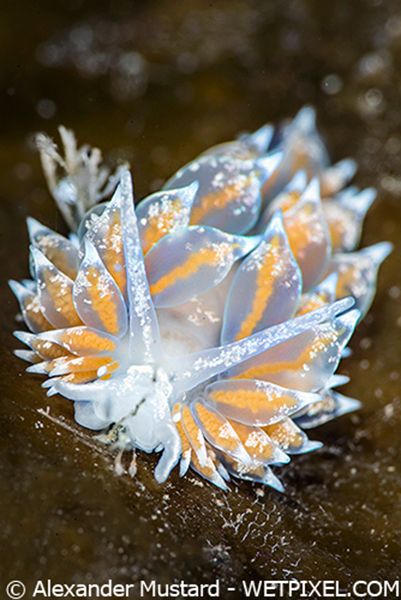
For underwater photography I found the D600 sensor’s performance phenomenal. Image quality is as close to state of the art in resolution and dynamic range, as almost anyone could need for many years. I know I didn’t shoot sunbursts with my macro lens, but holding details on a white nudibranch, perched on a light sucking frond of kelp is a similarly tough challenge for a sensor. Both D600 and D800 were exemplary.
The D800 definitely realizes its extra resolution, with both cameras delivering very similar looking (and impressive) files when viewed at a pixel level (100%). You could argue the D600 files looks marginally better at 100%, however the D800 records considerably more detail by having more of these pixels. Most of my shooting was at low ISO, so I didn’t properly compare pixel level detail at high ISO, although when using the D800 in the Red Sea last summer, I did note that it quickly became noisy even at low ISOs if much color correction is applied to the RAW files.
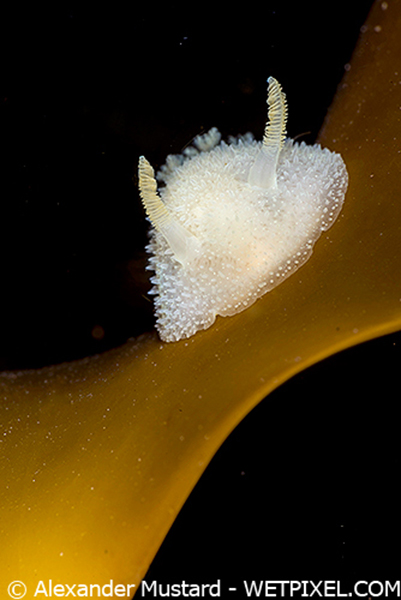
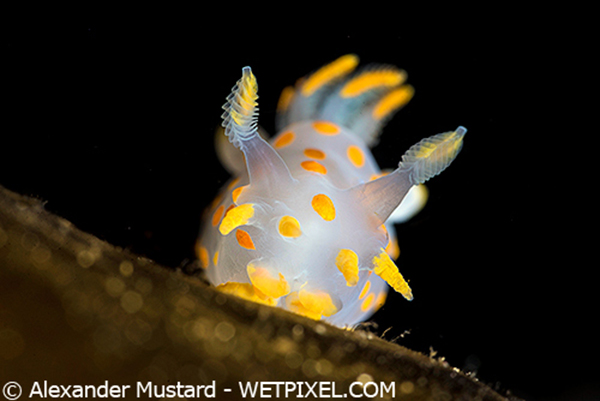
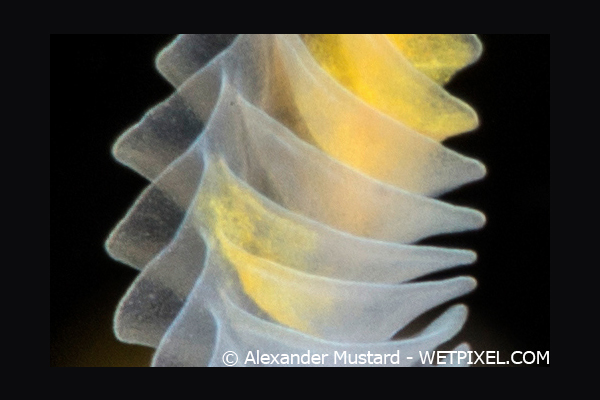
From my brief tests, the D600 files had marginally less noise at higher ISO levels, but with these latest high resolution cameras you do need think about noise in a different way because the final reproduction size of the image has a much bigger bearing on what ISOs will be acceptable in any situation. This is because much of the noise is hidden when the files are down sampled for smaller reproduction sizes.
In short, I would not be afraid of turning up the ISO if you need to on either camera. The only consequence is a significant reduction in potential reproduction size, but they should both still be highly suitable for almost all regular publishing needs.
The D600 body I borrowed for the test did have the sensor dust issue, which some D600 owners have been complaining about. Well it did have a dirt sensor. I don’t think the D800 had the left side AF problem! The LCD screens of the two cameras seemed to show colors very slightly differently, but you would only notice this if you were like me regularly switching between the two and then shooting the same subjects in the same conditions.
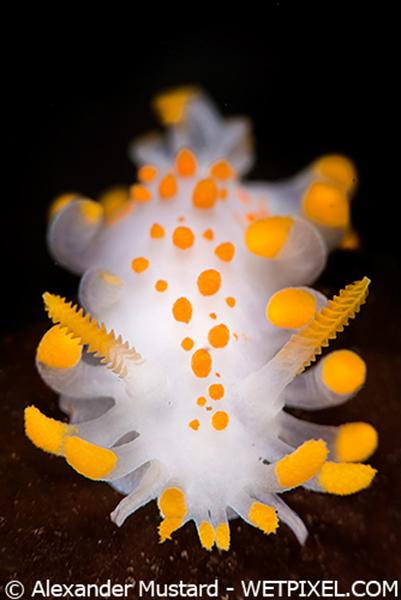
The D800 takes a CF card and SD card. The D600 takes a pair of SD cards. I did get the image processing hanging problem on the D800 (using Alex Tattersall’s D800), which has been discussed on the forums. The CF card from the D800 would download faster into my MacBook Pro using my Firewire 800 reader than the SD card would through the computer’s build in slot. For this reason I’d still favor CF cards over SD.
CONCLUSION.
I prefer the D800 to D600 for underwater photography, mainly because its superior autofocus was often noticeable when switched between them on a super macro trip in dark waters. If you mainly shoot wide angle this difference will be much harder to notice.
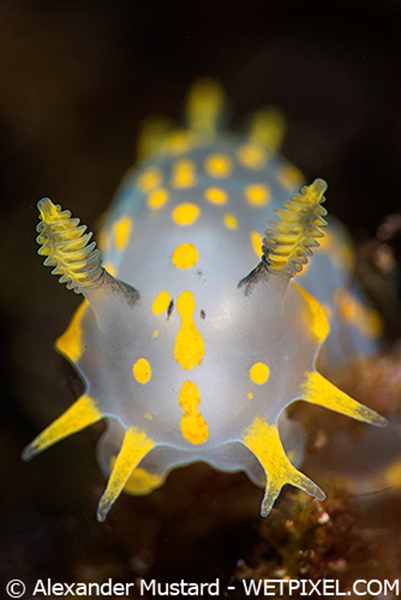
But I must stress that both are excellent underwater cameras, which feel and perform very similarly in the Nauticam housings. I would regularly forget which I was using and if someone said to me I had to use the D600 for all my underwater photography I would be perfectly happy.
They both produce stunning images, suitable for huge reproduction, over a wide range of ISOs. The D800 has more resolution, but also fills up hard drives quicker, with data that 9 times out of 10 most of us probably don’t need. The D600 files are also huge and very, very impressive.
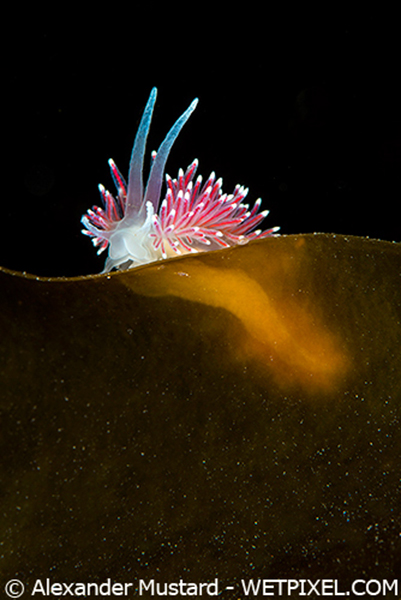
The price difference will probably determine the direction of a lot of sales. If you are buying a system from scratch, the total system price difference between D800 and D600 systems is much smaller. However, most people considering these cameras will probably own strobes, ports and Nikon lenses already. When considering just the camera and housing prices for the systems I used, the D800 costs $6600 USD and the D600 costs $5400 USD (source B&H and Reef Photo Video). This is about 20% cheaper, which is a considerable saving.
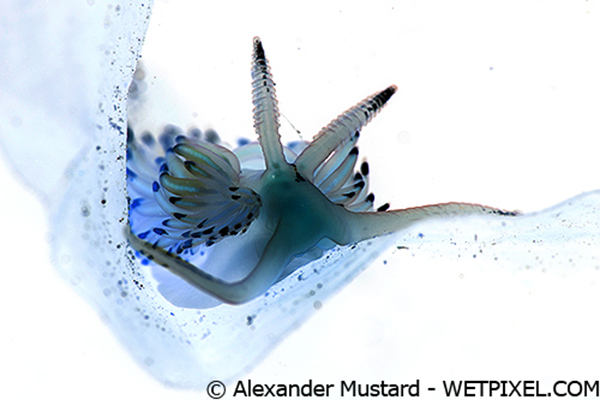
The D800 is the better camera, but if you plump for the cheaper D600 you can be assured you have a great camera that does almost everything with the same excellence. And with the improvements that Nauticam have brought to the NA-D600 housing, you can feel a little smug that you have not just a cheaper housing, but an even better one than the NA-D800.
Alex Mustard. March 2013.